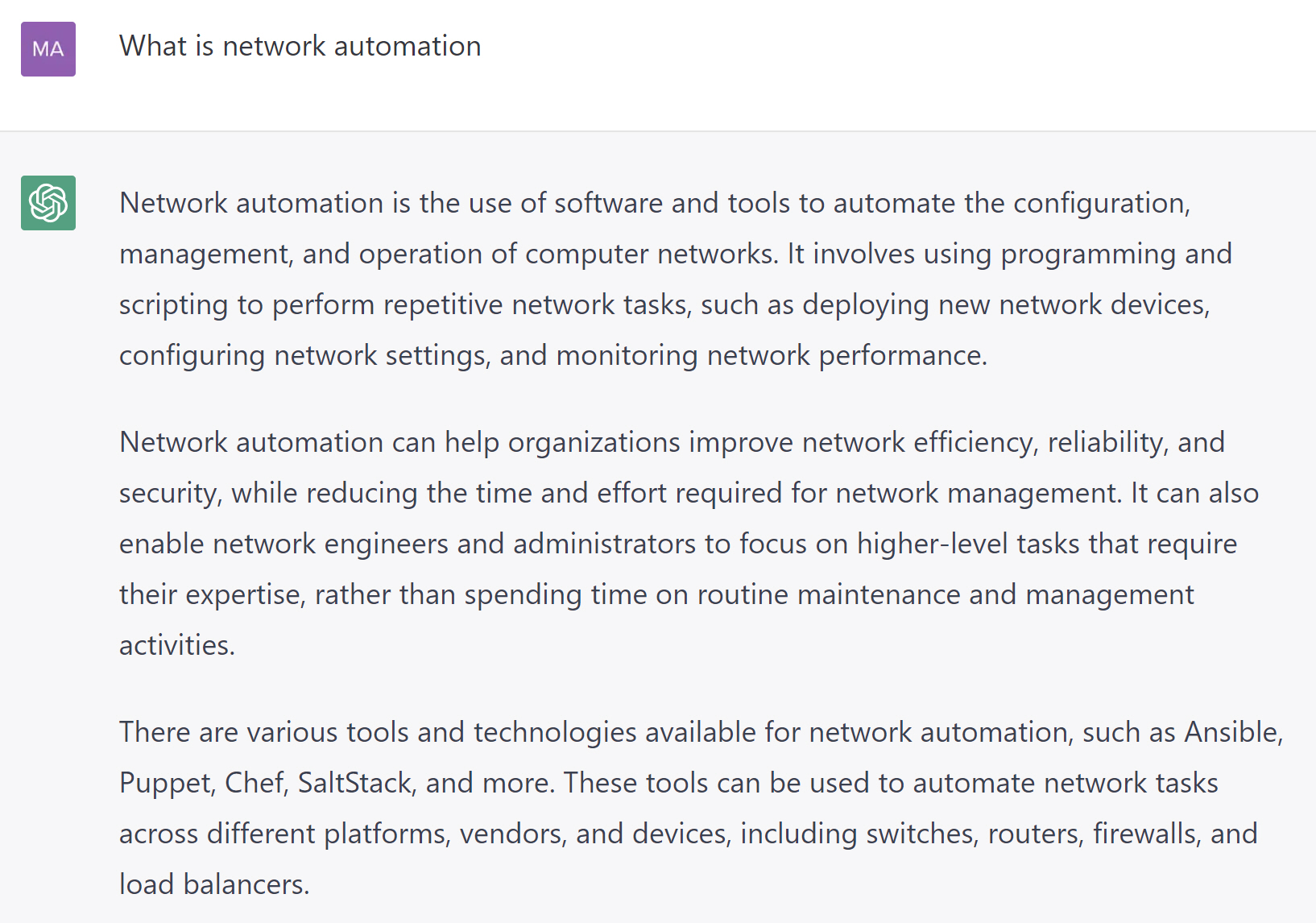 by Mark Harris Feb 24, 2023
by Mark Harris Feb 24, 2023
Knowledge sharing has come a long way. The first transatlantic message was sent in 1858 (by the UK’s Queen Victoria to US President James Buchanan) and for the next 150 years, incremental advances (like the telephone and satellites) allowed more information to be shared across long distances and faster. In modern times (for the past 25 years or so) the Internet has allowed everything in the world to be connected (if it wanted to be), and services like Google and Microsoft have indexed all of it in their respective search engines. There is an old saying, “Be careful what you ask for because you might just get it”. Well, we did. We can push a button a get a million opinions on the best shade of blue to paint a house based on countless articles written by artists and engineers and published on the internet. Each one of us has gotten very accustomed to interpreting all of that presented information and the various opinions. What a huge step forward… but one worth consuming with a bit of caution.
Caution? Yes. Too much information can be counter-productive. If 1000 people provide their view on any topic, traditional information search approaches assume that the most popular opinion must be the most accurate opinion. But what if the crowd is wrong? What if the crowd is looking backward instead of forward? What if they are thinking tactically instead of strategically?
When you search for any topic in Google or Bing, what you get is the most popular and relevant results ranked for you. You do not get the ANSWER per se, you get the most popular version of what the crowd is thinking. So in the end, YOU must be the referee. You must consider what the crowd thinks and then make your own game plan using the crowd as a starting point.
This gets more exciting as AI-enabled search engines begin to come online. These new search guides provide another level of interpretation of the crowd’s popular ideas, but it tries to distill it into more meaningful terms. Take for instance this ChatGPT interaction:

What is Network Automation according to AI
What is Network Automation according to AI? Notice how conventional wisdom prevails? How the backward-looking understanding of the Network Automation topic is presented as ‘the answer’ even in today’s latest AI-powered solution? It’s because the “crowd” has been acting tactically for decades so everything published on the web is based on that old thought process. Everything they know has been built upon a career-long foundation of fire-fighting and bespoke processes that solve each day’s problems one at a time as if every problem has never been seen before.
As Strategic IT leaders, we must recognize that this is the place we are at in the network industry and look forward by thinking differently. We are at the precipice of change, with the ability to act strategically looking forward based on the experience gained in the past. By choosing a forward-looking path, we can take advantage a great number of advances with regards to leveraging our actual proven experience using No-Code Network Automation.
What we find is that Network Automation can dramatically reduce the overhead associated with the day-to-day needs of any hybrid network, and the ability to democratize the subject matter knowledge needed to power scalable automation processes is already available if you look for it. Keep in mind that No-Code technology is one of Gartner’s hottest Enterprise focal areas since it allows rapid capturing of best practices across a wide range of subject matter experts (who are not programmers) without the typical developer-based software project paradigm. By directly capturing that SME knowledge, replicating it across networks that span the globe, and then automating the execution of that knowledge at scale, what we find is a forward-looking answer to the question, “What is Network Automation?”. Sure ChatGPT and thousands of other CIO’s, operators, and engineers would provide the backward-looking answer shown above, but what about the STRATEGIC THINKERS? What about the business leaders that are trying to run their digital-connected businesses more efficiently and effectively? That is where a forward-looking view of Network Automation shines and can be the difference between NetOps circa 2000, versus NetOps circa 2023. Remember, forward-looking IT leaders would say that “No-Code Network Automation starts with the ability to leverage existing subject matter experts by capturing their experience through no-code, and then make it executable at scale, to reduce the overhead associated with hybrid network operations. It provides a means to operate networks when the demands of hundreds or thousands of applications are on the line, and allows all aspects of performance, quality, and security to be used as the definition of the network, perfectly aligned with the needs of the business.”
